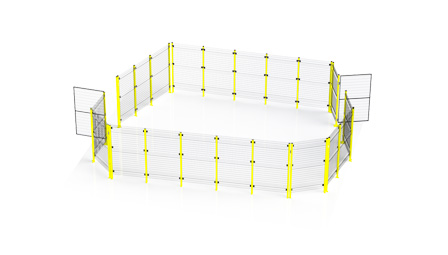installing trailer springs
Out . 15, 2024 09:58
Installing Trailer Springs A Step-by-Step Guide
When it comes to maintaining your trailer, one of the most critical components to monitor is the suspension system, particularly the trailer springs. Trailer springs are essential for providing stability, supporting the load, and ensuring a smooth ride. Over time, these springs may wear out or become damaged, leading to decreased performance and safety risks. In this article, we will guide you through the process of installing trailer springs, ensuring your trailer operates safely and efficiently.
Tools and Materials Needed
Before you begin, gather the necessary tools and materials. You will need
- New trailer springs - Jack and jack stands - Wrenches and sockets - Pliers - Lubricant - A safety blanket or tarp
Step 1 Safety First
Begin by ensuring safety in your workspace. Park your trailer on a level surface and engage the parking brake. Place wheel chocks behind the wheels to prevent any movement. Wearing safety goggles and gloves is also advisable to protect yourself from debris and sharp edges.
Step 2 Lift the Trailer
Using a jack, lift the trailer to remove the weight off the suspension. Once elevated, place jack stands under the frame to secure the trailer and ensure it remains stable during installation. Never work underneath a trailer supported only by a jack, as this can lead to serious injuries.
Step 3 Remove the Old Springs
Locate the old trailer springs. Depending on your trailer’s design, you may need to remove any bolts or clips that hold the springs in place. Use your wrench to remove those bolts carefully. If the springs are stubborn and do not come off easily, you may need to gently tap them with a hammer or use a penetrating lubricant to loosen any rust or debris.
installing trailer springs

Step 4 Prepare the New Springs
Once the old springs are removed, compare them with the new springs to ensure a proper match in size and shape. If necessary, inspect the mounting brackets for wear and replace them as needed. Lubricate the new springs with a light coating of lubricant to help them operate smoothly once installed.
Step 5 Install the New Springs
Align the new springs with the mounting brackets and, using the appropriate hardware, secure them in place. Tighten the bolts securely, but be careful not to over-tighten, as this could cause damage to the springs or mounting points.
Step 6 Reassemble the Suspension
After the new springs are securely in place, reassemble any other suspension components you may have removed and inspect the entire area for any signs of wear or damage. Ensure that all clips and brackets are in place and functioning correctly.
Step 7 Lower the Trailer
Once everything is reassembled and double-checked, carefully lower the trailer back to the ground using the jack. Remove the jack stands, and ensure that the trailer sits evenly on its axles.
Step 8 Test Drive
Finally, take your trailer for a short test drive. Pay attention to how it handles and listen for unusual noises. If everything feels stable and secure, your installation was successful!
In conclusion, installing trailer springs may seem daunting at first, but with proper tools, safety precautions, and a step-by-step approach, it can be accomplished efficiently. Regular maintenance of your trailer’s suspension will ensure safer travels and longer-lasting performance, allowing you to enjoy your adventures without worry.




















